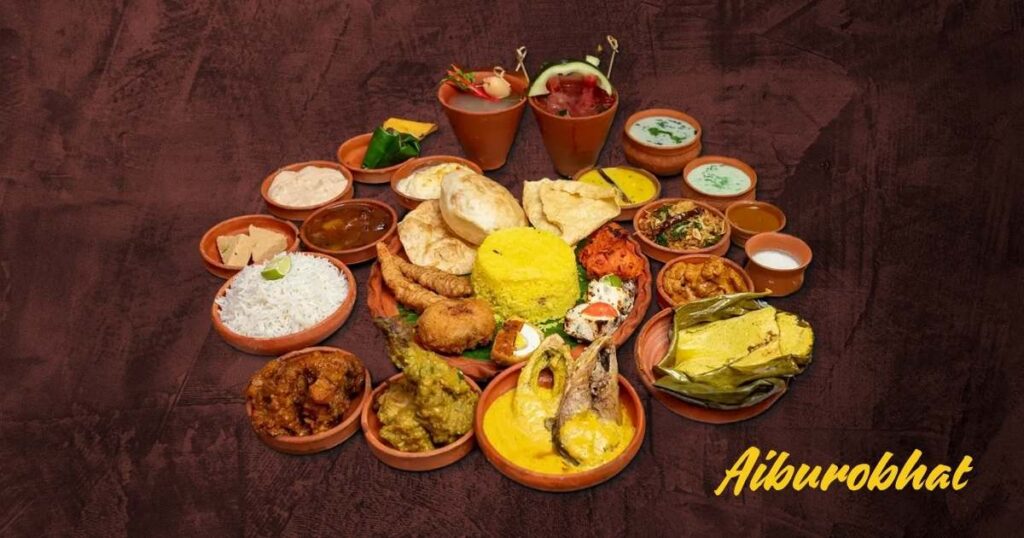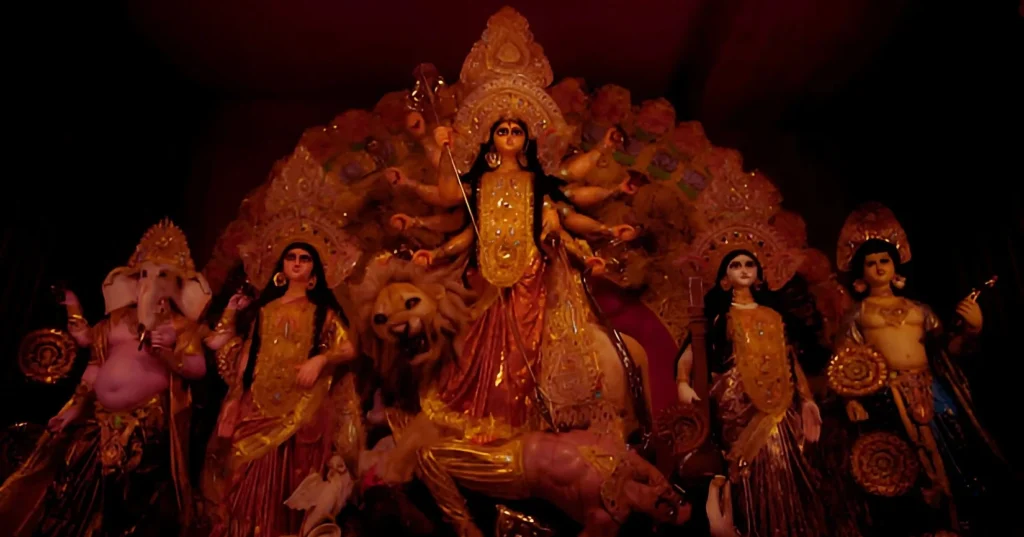Bengali weddings are a beautiful blend of joy, tradition, and cultural pride. Among the many cherished customs, Aiburobhat stands out as a warm, heartfelt pre-wedding ritual. More than just a meal, Aiburobhat marks the bride or groom’s farewell to bachelorhood, celebrated with family, laughter, and of course, delicious Bengali cuisine.
In this blog, we’ll explore what Aiburobhat truly means, what food is prepared, how often the ritual is held, and why it remains one of West Bengal’s most beloved wedding traditions.
What is Aiburobhat?
The word “Aiburobhat” (আইবুড়োভাত) literally means “bachelor’s rice.” In Bengali culture, it refers to a ceremonial last meal enjoyed by the bride or groom before marriage. Held typically a day before the wedding, Aiburobhat is an intimate family gathering where the bride or groom is lovingly pampered with their favorite foods.
This ritual is not a religious ceremony but a family tradition filled with affection, laughter, and blessings. Think of it as the Bengali version of a farewell party, centered around a grand feast.
Why is Aiburobhat Important in Bengali Weddings?
1. Marking the Transition from Single to Married Life
Aiburobhat symbolizes the final chapter of one’s bachelor or spinster life, offering a meaningful pause before starting a new journey.
2. A Celebration of Favorite Foods
The menu reflects the bride or groom’s most loved dishes, lovingly prepared by family members to create a personalized send-off.
3. A Moment of Family Bonding
The gathering creates space for laughter, storytelling, and affectionate teasing, making it a treasured family moment before the busy wedding festivities.
4. Preserving Bengali Heritage
In an age of modern weddings, Aiburobhat keeps Bengali culinary and cultural traditions alive, fostering a sense of continuity and pride.
What Food Items Are Cooked for Aiburobhat?
No Bengali ritual is complete without a feast, and Aiburobhat is perhaps the grandest of them all. Here’s what you’ll typically find on an Aiburobhat menu:
Staples
- Bhath (steamed white rice)
- Ghee & salt for the first bites
Fritters & Starters
- Beguni (eggplant fritters)
- Aloo Bhaja (fried potato sticks)
- Mochar Chop (banana blossom fritters)
- Postor Bora (poppy seed patties)
Traditional Vegetarian Dishes
- Shukto (bitter mixed vegetable curry)
- Cholar Dal (Bengal gram lentils with coconut)
- Labra (mixed vegetable curry)
Non-Vegetarian Delicacies
- Maacher Jhol (Bengali fish curry)
- Shorshe Ilish (Hilsa fish in mustard gravy)
- Kosha Mangsho (slow-cooked mutton curry)
Accompaniments
- Tomato chutney
- Papad (crispy lentil wafers)
Desserts
- Mishti Doi (sweet curd)
- Rasgulla and Sandesh (classic Bengali sweets)
- Payesh (rice pudding)
Most meals are served on a banana leaf or traditional kansha (bell metal) plate, enhancing the authenticity of the ritual.
How Many Aiburobhat Rituals Happen Before Marriage?
Surprisingly, Aiburobhat isn’t always a one-time event. Depending on family affection and availability, the bride or groom may enjoy multiple Aiburobhats hosted by various relatives.
Types of Aiburobhat Celebrations:
- The Family Aiburobhat: Usually the main feast held a day before the wedding.
- Relatives’ Aiburobhat: Sometimes hosted separately by maternal uncles or aunts.
- Friends’ Aiburobhat: An informal gathering organized by friends, often with modern twists.
Some brides or grooms may enjoy two to three Aiburobhat celebrations, extending the joy of this heartfelt tradition.
Aiburobhat Wedding Ritual: Step-by-Step
1. Planning the Feast
The family consults the bride/groom to prepare a personalized menu, sometimes weeks in advance.
2. Setting the Ambiance
The feast is usually held at home, decorated with flowers and traditional alpana (rice flour art).
3. The Meal
The bride or groom is seated in a place of honor, dressed in new traditional attire like a saree or kurta.
4. The Serving Ritual
Dishes are lovingly served by parents, siblings, and relatives, accompanied by stories and blessings.
5. Blessings & Laughter
After the meal, elders bless the bride/groom, and cousins engage in lighthearted teasing.
6. Modern Touches
Photos, social media updates, and even themed décor are now common in modern Aiburobhat celebrations.
Modern Trends in Aiburobhat Celebrations
- Fusion Cuisine: Alongside traditional dishes, pasta, pizza, or Thai curries often feature in today’s menus.
- Themed Events: Retro Bollywood or floral themes have gained popularity.
- Outdoor Venues: Some families host the meal on terraces, in gardens, restaurants, or banquet halls.
- Healthy & Vegan Options: Catering to modern dietary preferences.
- Interactive Cooking: Sometimes the bride or groom joins in preparing a favorite dish.
Conclusion: A Tradition That Warms the Heart
Aiburobhat is much more than a meal — it’s a celebration of love, family, and tradition. Whether you’re enjoying it with a traditional spread or giving it a modern twist, the spirit of Aiburobhat remains rooted in affection, joy, and a shared sense of belonging.
If you’re invited to a Bengali wedding, make sure not to miss the Aiburobhat — the food will delight your palate, and the warmth of the family will stay in your heart forever.



